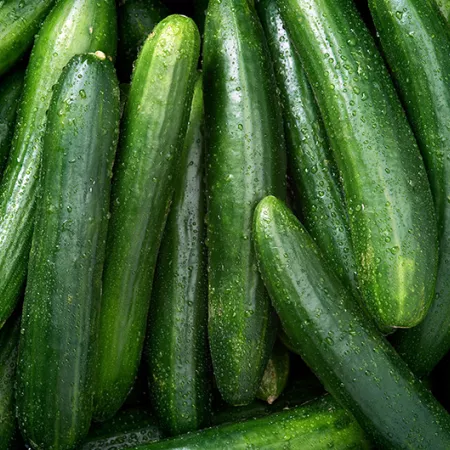‘Can I put hot food in the fridge?’ and other food safety questions
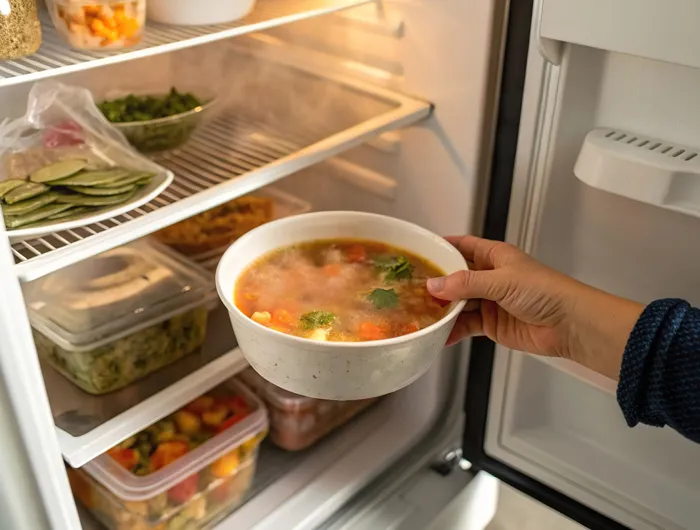
Jason - stock.adobe.com.
Should you scrub a melon before slicing? Can you leave rice in a rice cooker all day? Does freezing kill harmful bacteria? Some simple rules can keep you safer in the kitchen… but some beliefs are more superstition than science. Here’s what you need to know about the dangers of foodborne illness and what matters most for dodging them.
Food poisoning is just an upset stomach that will last a couple of days, right?
“That’s false,” says Ben Chapman, head of the department of agricultural and human sciences at NC State University. “People die.” In fact, researchers estimated that in the US, 931 people died from seven of the most common pathogens found in food in 2019.
What’s more, “We have lots of examples of long-term health effects from pathogens like E. coli, which can lead to kidney failure, or from Salmonella, which can cause reactive arthritis.” (While rare, reactive arthritis can cause joint pain that develops days or weeks after a Salmonella infection. For some people, the symptoms last for years.)
Another pathogen that can cause long-term problems: Toxoplasma gondii. People may be exposed to the parasite from cat feces or from undercooked meat, shellfish, or fresh produce. If you’re healthy, an infection might cause no symptoms at all, or you might experience tender lymph nodes, muscle aches, and pains that can last for weeks to months. But people who are immunocompromised may have more severe symptoms. And an infection during pregnancy can cause a miscarriage or stillbirth, or, in infants who were infected before birth, vision loss, mental disabilities, or seizures later in life. What’s more, the parasite can persist in the body in an inactive state and can lead to behavioral changes over time.
So, while “the vast majority of the foodborne illness infections are acute and people get over them quickly, you don't know how you’re going to react to a pathogen,” Chapman points out. “And we know that some pathogens—including E. coli and Salmonella—can cause symptoms that last for weeks or months.”
Did my last meal cause my food poisoning symptoms?
Maybe…or maybe not.
Most foodborne pathogens—that is, viruses, parasites, or bacteria—don’t cause symptoms immediately. For example, it may take between 12 hours and three days before you start showing signs of a Salmonella infection. Similarly, a norovirus infection makes itself known between 12 hours and two days after someone is exposed. But it can take up to 90 days for Listeria monocytogenes symptoms to show up.
On the other hand, you’ll know you’ve got food poisoning from Staphylococcus aureus within one to seven hours. “Or if a toxin was in your food because of a bacteria like Bacillus cereus, you might have a very quick onset of symptoms,” says Chapman. Bacillus cereus toxins can cause symptoms within just a few hours.
“But it’s not as simple as, ‘Oh, we all ate last night at this one restaurant, so that’s what caused our illness,’” says Chapman. “If, say, a family of four had also eaten dinner together three nights ago at home, that could have been the source of their symptoms.”
How long is refrigerated food safe after a power outage?
There are no hard and fast rules for how long your food is safe during a power outage, though most foods will be okay for about four hours.
But your food may be safe for a little less or more time “depending on a lot of factors,” says Chapman. For starters, more food in your fridge is better than less for keeping food cool when the power goes out. “Food is a better insulator than air,” he notes. (That said, when the power is on and your fridge is working, you don’t want to overpack it. Cold air needs to circulate in order to keep foods chilled.)
The more often the fridge is opened and the warmer the room, the less time you have before your food becomes unsafe.
The type of food also matters. “Condiments like ketchup or mustard or pickles are refrigerated for quality reasons, but they are not going to grow pathogens because of their high acidity levels,” says Chapman.
To play it safe, discard any perishable foods like meat, poultry, fish, eggs, soft cheeses, milk, and leftovers that have been above 40º F for more than two hours. (Keeping a simple thermometer in your fridge can help you monitor the temperature anytime…not just following a power outage.)
“If the power was out for, let’s say, 10 days, and I never opened up my refrigerator, I would be confident eating the ketchup or mustard,” says Chapman, “but I wouldn't eat the leftovers.” (For more guidance on what to keep or discard after a power outage, click here.)
Can I leave rice in my rice cooker on warm mode?
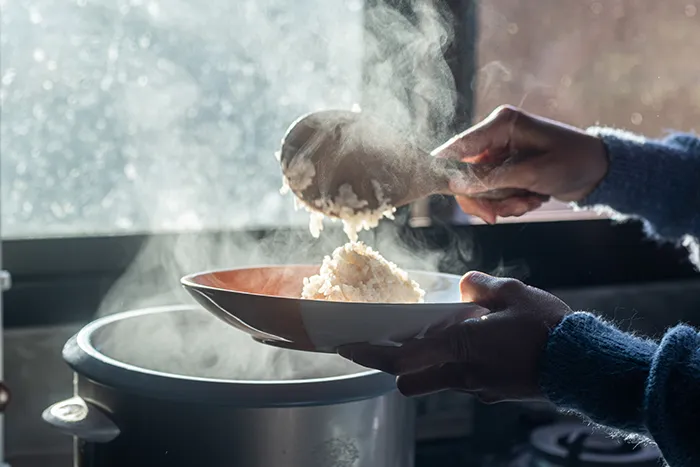
“As long as the rice cooker is on warm mode, and that warm mode keeps the rice above 135º F, you can leave your rice in the cooker for as long as you want,” says Chapman. “The pathogens that we’re worried about are not going to grow above 135º F.” (To find out if your rice cooker’s warm mode is warm enough, you’ll have to check the user manual, email the manufacturer, or use a food thermometer to do a temperature check on rice in the cooker set to warm mode.)
What pathogens might one worry about with rice?
“The biggest concern for rice is Bacillus cereus,” says Chapman. The bacteria grows in soil and can contaminate rice crops. What makes Bacillus cereus unlike many foodborne pathogens is that it forms tough spores that allow it to survive a wide range of temperatures and levels of acidity. “Those spores don’t germinate until they’re in the right conditions,” says Chapman. A couple of hours in that Goldilocks zone—a not-too-hot and not-too-cold 41º F to 135º F—and the spores can germinate and grow into bacteria that create the toxins that make you sick.
“But if the rice in the rice cooker is always above 135º F, it’s too hot for the Bacillus cereus to grow,” says Chapman.
If I left my food out for more than two hours before refrigerating it, is it safe as long as I reheat it before I eat?
“You can still get food poisoning, even if you reheat your food hot enough,” says Chapman. “The impact of reheating the food depends on the pathogen. If you have live E. coli growing in the food, heating enough is going to kill it and any other bacteria that may be present.” But reheating won’t kill spores that can germinate into more bacteria or the toxins or spores that some bacteria produce that cause food poisoning symptoms.
In addition to Bacillus cereus, other toxin-forming bacteria include Clostridium perfringens (which causes about one million cases of food poisoning each year in the US) and Staphylococcus aureus. Both are often found in foods that aren’t stored in cold enough temperatures or are left at room (or warmer) temperatures for too long.
And since you don’t know which pathogen might be contaminating your food, don’t take any chances by trying to reheat foods that weren’t stored properly. Rule of thumb: Leftovers shouldn’t be left at room temperature for more than two hours (or an hour if you’re outside and it’s warmer than 90 degrees).
Does freezing food kill harmful bacteria?
No. “In fact,” Chapman points out, “in the world of microbiology, we freeze pathogens to preserve them. All freezing does is halt growth. It doesn’t kill bacteria or inactivate viruses. It essentially puts them to sleep.”
And it doesn’t matter how long the food is in the freezer. “We freeze pathogens for years, even decades,” says Chapman. “It’s not like if a food has been frozen for a month, you’ll get rid of pathogens.”
Once your food reaches the temperature “danger zone” (about 40º F to 140º F), any bacteria that’s present may begin to multiply. (Note: Bacteria won’t multiply if frozen food is thawed in the refrigerator and then cooked. Both refrigerator and cooking temperatures will prevent bacterial growth.)
Do plastic cutting boards prevent food poisoning better than wood cutting boards?
“Both types of cutting boards have their benefits,” says Chapman, “and they also have their risks.”
“Plastic cutting boards are robust and hardy. You can put them in the dishwasher, no problem. And the time and temperature of a normal dishwasher cycle—not even the sanitize cycle—is enough to effectively remove bacteria and viruses.” The downside of plastic: Over time, your knives create grooves in the plastic that can harbor bacteria. What’s more, plastic cutting boards may be a source of microplastics that make their way into your food…and then into you.
Wood cutting boards also have benefits: “As they dry, water and any bacteria that may still be present after cleaning get drawn in to the center of the board by capillary action.” That traps the bacteria, which will die as the board dries.
The downside of wood cutting boards: Cleaning them requires a bit more effort. You shouldn’t put wood cutting boards in a dishwasher, Chapman notes. “They’re going to break or warp over time. And wood cutting boards have to be dry to use them safely. If they’re wet, there isn’t enough time for that capillary action to take place.”
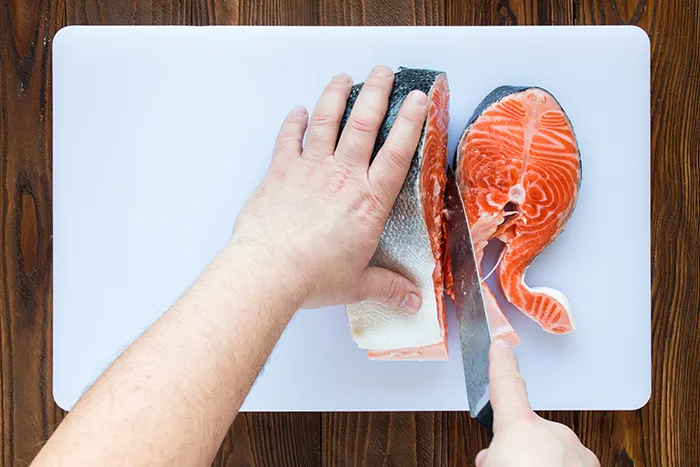
“That said, I use wood cutting boards that I’ve just washed in my home when I'm preparing foods, because I'm mindful about what I had on there. I try to use plastic cutting boards for raw meat, fish, or poultry because I can run them through the dishwasher when I’m done with them. And I use wood cutting boards for basically everything else.”
Is it unsafe to put hot food in a refrigerator?
If you’ve been told that you shouldn’t put hot foods in the refrigerator because it will raise the temperature of the fridge—or worse, break your fridge—relax.
“You should put hot food in the refrigerator,” says Chapman.
Where did the idea that doing so would be dangerous come from?
“Historically, refrigerators were not able to handle hot food,” explains Chapman. “Old refrigerators worked on a cycle where you could hear the condenser kick off, which would cause the temperature inside to rise and a temperature sensor to kick the condenser back on. So putting hot food in old refrigerators—and by old, I mean, pre-1970s—meant the refrigerator would have to work harder to do its job, leading the refrigerator to break.”
But modern refrigerators maintain a constant temperature, Chapman notes. “They can handle having hot food in there.”
That said, to ensure that your hot food cools down quickly, it’s best to store it in wide, shallow containers so that it’s no more than two inches deep. That keeps the food out of the “danger zone,” where bacteria can easily grow. “Let’s say you put a pot of chili that’s really deep into the refrigerator,” says Chapman. “Days later, the middle of that pot could still be 50 or 60 degrees. It’s insulated, so while the outside cools down, it takes a long time to cool the center.”
Got something really warm that you want to cool faster? Follow the two-inch rule and leave the container uncovered or partially covered. “Covering it traps in heat,” says Chapman. “So better cooling happens when it’s uncovered.” (Once it’s cooled down, you can cover it fully.)
Does rinsing fruits and vegetables remove the risk of food poisoning?
If you think that rinsing your produce prevents food poisoning, think again. Rinsing mostly removes soil and grit, Chapman points out. It can also get rid of some harmful bacteria, but not everything. That’s because many of the bugs that cause food poisoning (like Listeria monocytogenes or E. coli) “are tightly bound to the surface,” says Chapman. “So you can’t remove those pathogens in your home.”
In other cases, the bacteria may be inside the fruit or vegetable, so washing the surface won’t do any good.
And don’t bother with produce washes, soap, or more aggressive cleaners like bleach, says the U.S. Department of Agriculture. They aren’t approved for use on food and may leave chemical residues on your produce.
So rinse your produce to remove soil and grit and maybe some bacteria and viruses. Just don’t expect it to guarantee that your food is safe.
Do I need to rinse fruits or veggies before cutting them if I’m going to toss the peel?
For most fruits and vegetables, it doesn’t matter. “But we have good scientific data showing that rinsing and scrubbing cantaloupe with a produce brush reduces risk,” says Chapman. Why cantaloupe? Its rough rind, which is full of crevices, can trap microbes. What’s more, “cantaloupes are not high in acid,” adds Chapman. That means that bacteria like Salmonella can grow more easily than it would in, say, strawberries.
“If there is a pathogen on the outside of the cantaloupe and I cut through it, I’m essentially dragging that pathogen right across my cut line, through the middle of the melon,” says Chapman.
If the cantaloupe gets eaten right away, the risk of food poisoning is low. “The issue is when I cut it, and then I let it sit at room temperature either on a buffet or my counter or a cookout,” says Chapman. “The longer it’s out at room temperature, the more that pathogen that I dragged across the meat of the cantaloupe can grow.”
But if it’s Listeria that your knife brought inside the cantaloupe from the skin, you could be in trouble even if you refrigerate the cut melon right away. “Listeria grows at refrigeration temperatures,” explains Chapman.
That’s why it’s a good idea to always scrub your cantaloupes.
Support CSPI today
As a nonprofit organization that takes no donations from industry or government, CSPI relies on the support of donors to continue our work in securing a safe, nutritious, and transparent food system. Every donation—no matter how small—helps CSPI continue improving food access, removing harmful additives, strengthening food safety, conducting and reviewing research, and reforming food labeling.
Please support CSPI today, and consider contributing monthly. Thank you.
More on food safety
Fired CDC workers must be reinstated to help in infant formula outbreak policy response
Government Accountability

Pastas recalled following deaths and illnesses in 18 states
Food Safety
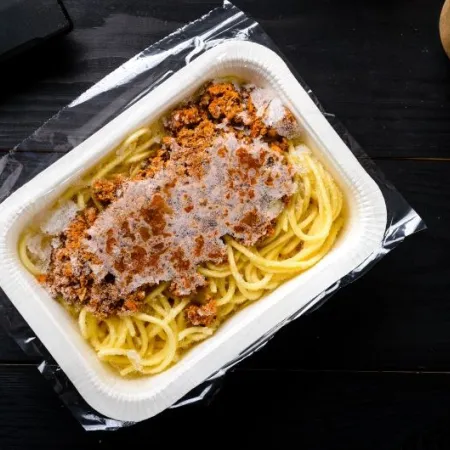
Update: More shrimp recalled for possible radiation contamination
Food Safety
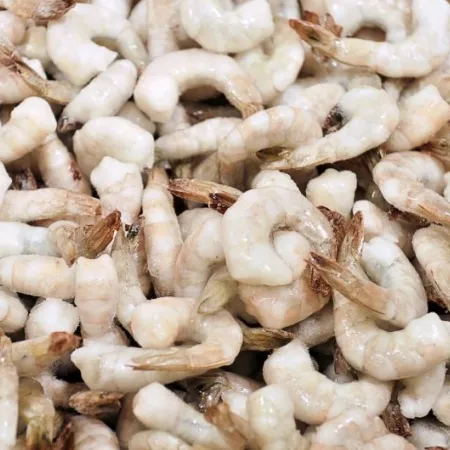
FDA investigating Walmart shrimp for radiation contamination
Food Safety

Cucumbers recalled once again due to Salmonella outbreak
Food Safety
